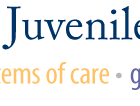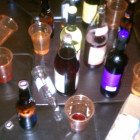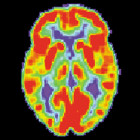
Fewer Than Half of Crimes Against Children Reported to Authorities
|
Crimes against kids go largely unreported, says a study by researchers at the University of New Hampshire. Of the more than 4,500 children ages 10 to 17 surveyed for the study, 58 percent reported being the victim of a crime in the last year. However, only 46 percent reported the incident to authorities. The study, published in the Archives of Pediatrics and Adolescent Medicine, says that, because of the fear of retaliation, cases of abuse and violence against children often go unreported. In many cases families chose to handle incidents informally, without involving police, due to the sensitive nature of the crimes. The study’s authors say this often prevents the victims from receiving needed counseling. Crimes most likely to be reported included bullying, neglect and theft, researchers said.








